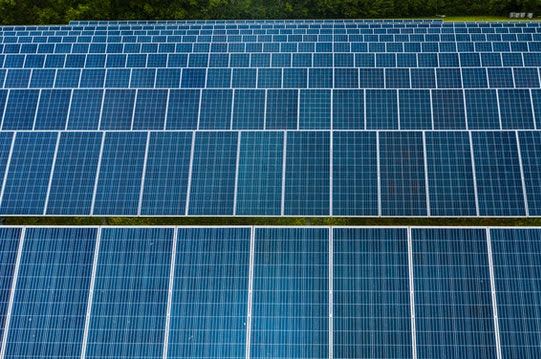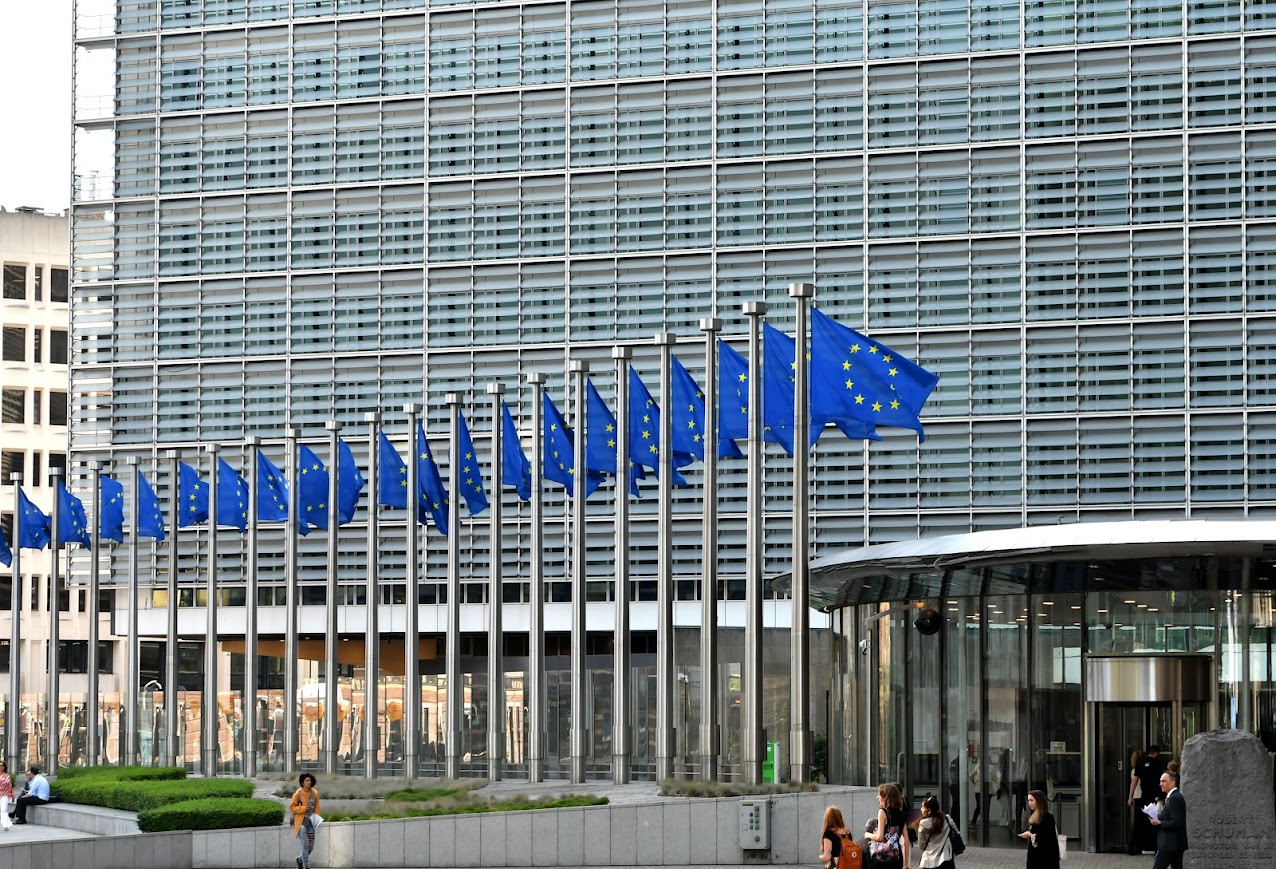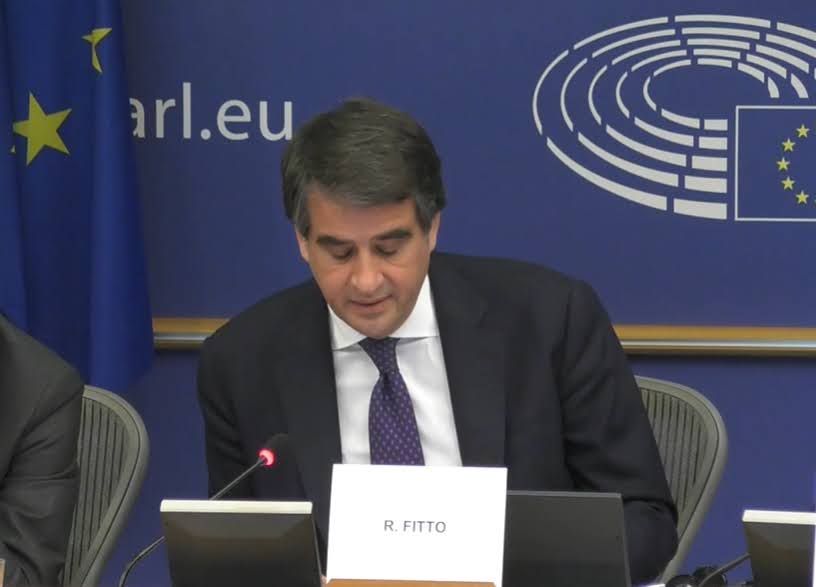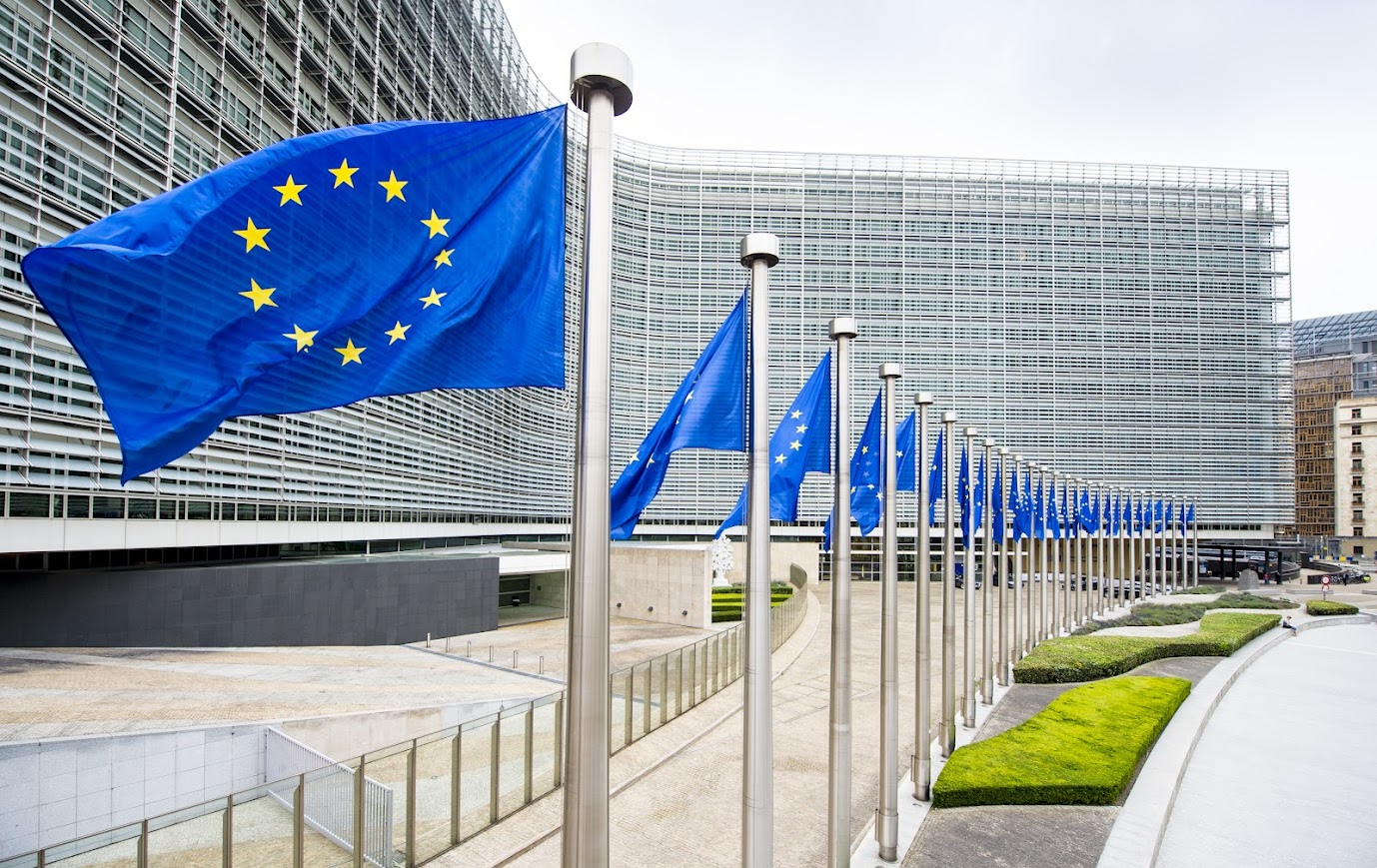Si allarga il fronte di contrari alla proposta sul QFP 2028-2034
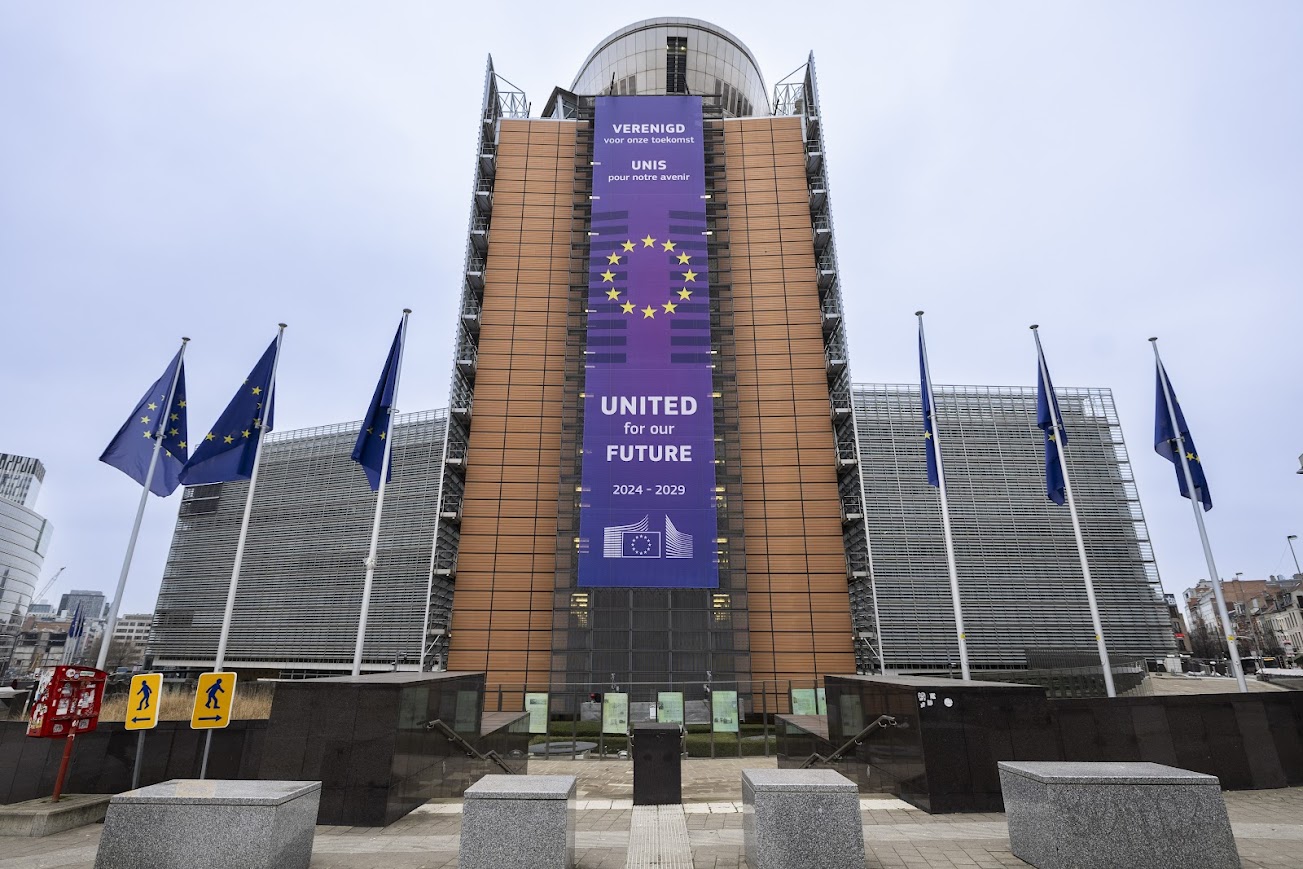 Dopo Parlamento europeo e Regioni, anche diversi Stati membri si stanno esprimendo contro le proposte della Commissione Europea sul bilancio europeo post 2027, il Quadro finanziario pluriennale 2028-2034 a cui Bruxelles vorrebbe destinare quasi 2 mila miliardi.
Dopo Parlamento europeo e Regioni, anche diversi Stati membri si stanno esprimendo contro le proposte della Commissione Europea sul bilancio europeo post 2027, il Quadro finanziario pluriennale 2028-2034 a cui Bruxelles vorrebbe destinare quasi 2 mila miliardi.
Bilancio europeo 2028-2034: il QFP post 2027 vale 2 mila miliardi



